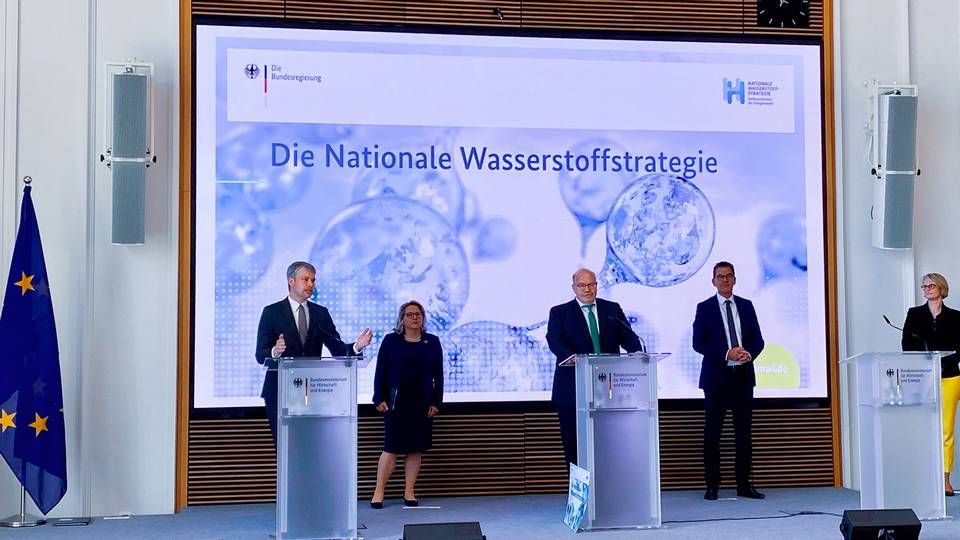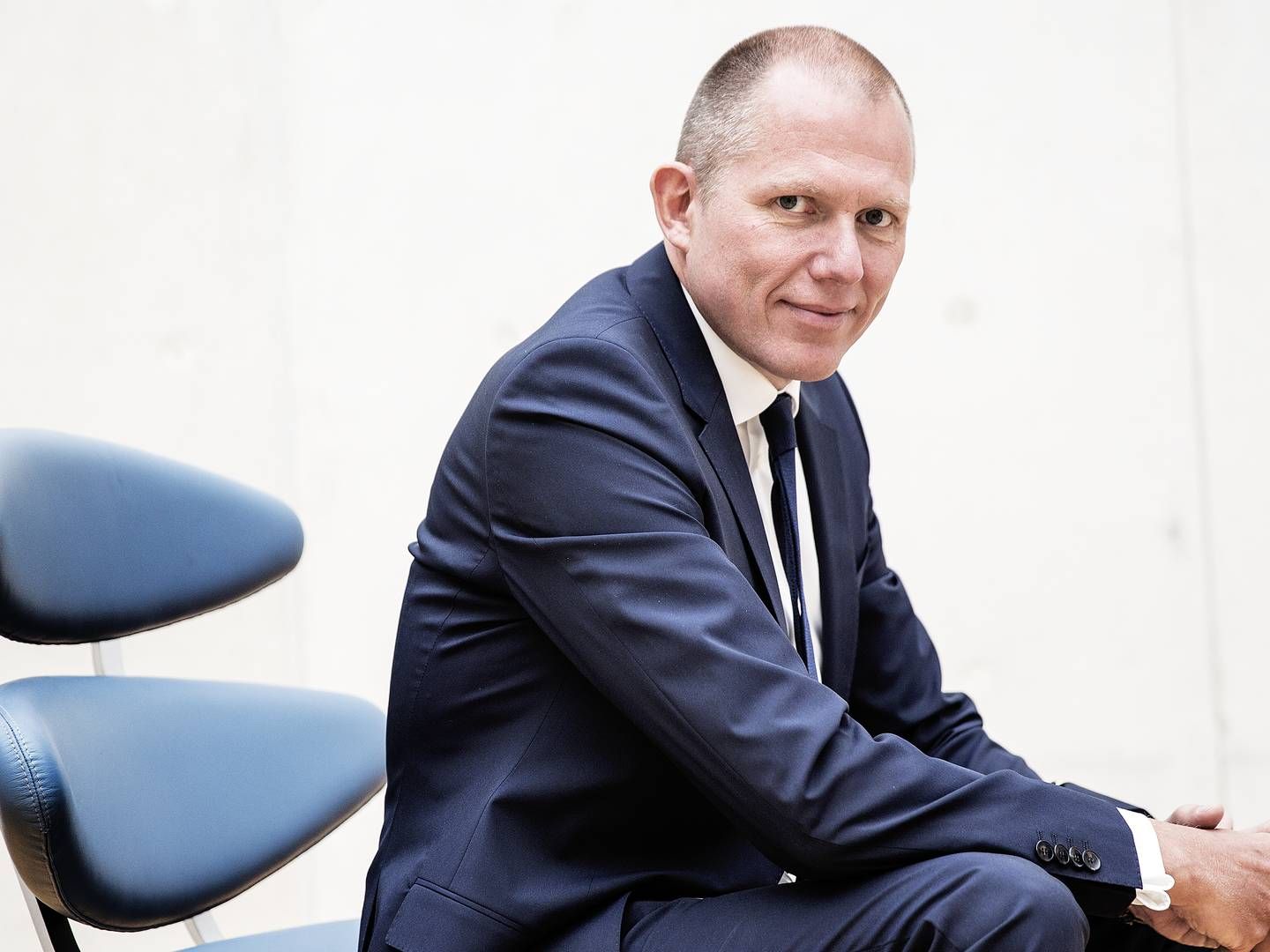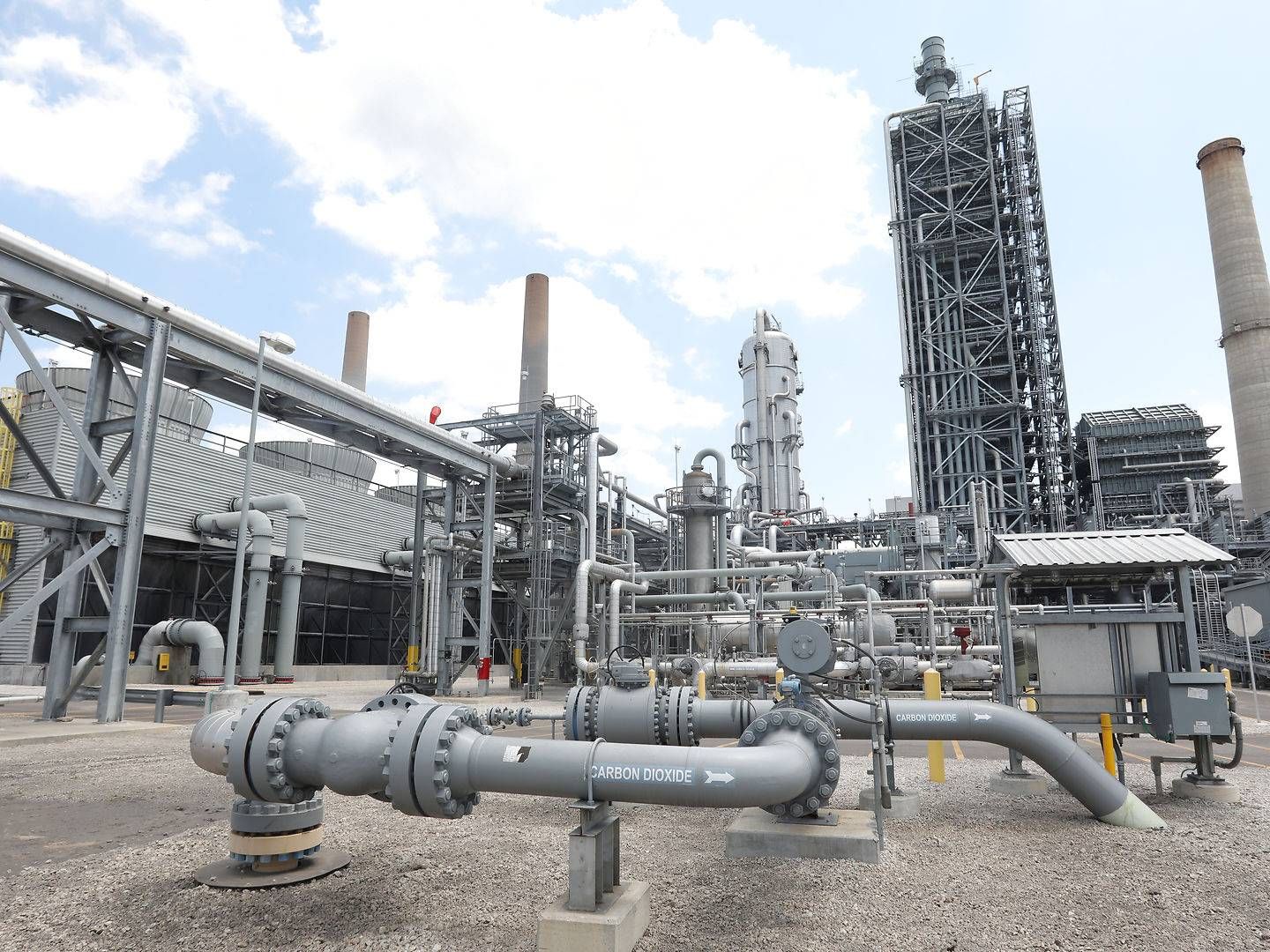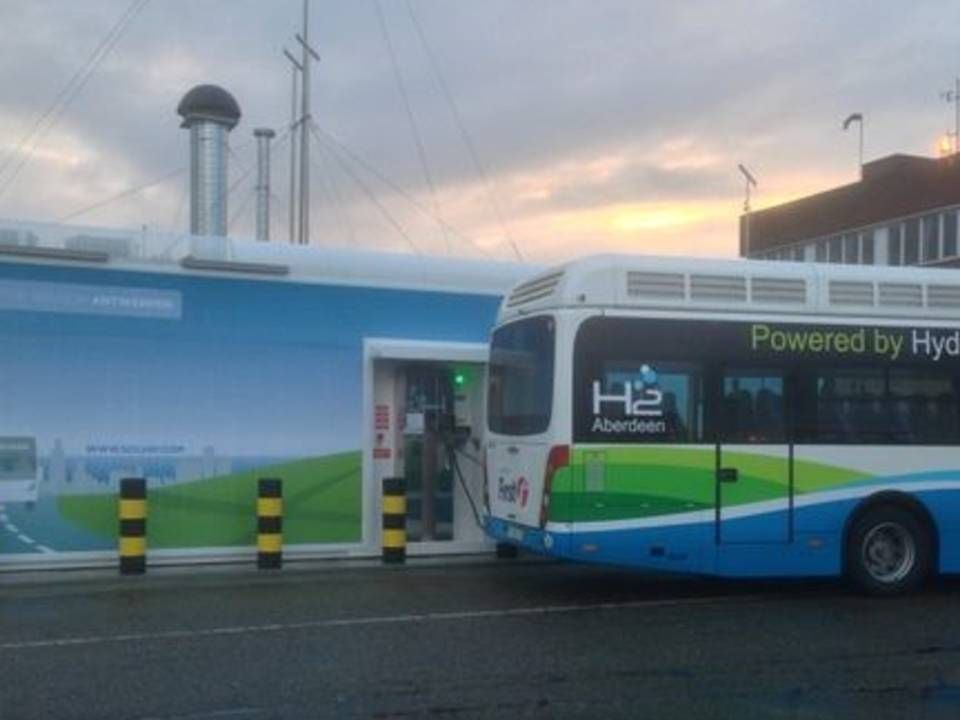Germany plans to spend billions funding green hydrogen

German Federal Minister for Economic Affairs and Energy Peter Altmaier has pleaded the case for the republic to become a world leader in green hydrogen. After a longer period of warming up to the notion, Berlin now sets more concrete targets and earmarks funding with the launch of its hydrogen strategy. The plan points out that only H2 produced via renewable energy is sustainable, while the element derived from natural gas, or 'blue hydrogen', should at best be used in a transitional phase.
The main points of the strategy were already disclosed in last week's economic recovery plan. Ahead of 2030, 5 GW of electrolysis capacity is to be installed, with another 5 GW added by 2035 – or 2040 at the latest. Beyond existing capital for pilot programs, a further EUR 7 billion is now earmarked to scale up the technology and secure the establishment of a domestic green hydrogen market.
"As the first step in accelerating the market for hydrogen technologies, a strong, sustainable production and consumption – a 'home market' – is crucial. A robust national market will also create a signal effect for the use of hydrogen technologies internationally," the federal government writes in the strategy.
Mainly in its steel and chemical sectors, Germany already uses significant volumes of industrial hydrogen, although the resource is currently derived from natural gas rather than renewable power and water.
The strategy indicates the need to set up a series of programs to boost incentives for switching to green H2 – for instance, via a demonstration project involving sending emissions from industrial processes to tender as well as formulating a decarbonization program.
Aside from industrial needs, the German government also wants to use the element for fueling heavy transports on land, at sea and in the air. For example, the possibility of implementing a minimum mixture requirement of 2 percent renewable energy in jet fuels. Meanwhile, the plan will channel subsidies to make heat generation greener through continuing and expanding the use of fuel cells.
In other words, there are plenty of potential applications. Germany's challenge, however, is the same as in every other nation vying to introduce the energy-technological talisman that is H2; that the price is multiples higher than fossil alternatives. Initially, Germany will also make use of the blue variety nestled not far above the lowest-hanging fruits.
"Special focus will be given to areas that are already close to economic viability, thus avoiding painting ourselves into a corner or [overspending on an area, -ed.] that cannot be decarbonized in another way," the plan notes.
Doesn't cover requirement
Precisely how Germany will build the bridge to economic viability is not revealed in the plan, which does, however, mention that Berlin is considering a tax exemption for electricity used for hydrogen production – not least giving a tax pass to green H2 from the Erneuerbare-Energien-Gesetz (EEG) fee that's used to finance the green energy transition and which had EUR 11 billion earmarked in connection with the economic recovery plan as an aid ceiling.
Another top limit is how much green hydrogen Germany will be able to produce itself. When the offshore wind build-out target for 2030 was recently raised by 5 GW to 15 GW, and the 52 GW solar cap was scrapped, green hydrogen production was one factor given consideration.
But even though 5 GW of electrolysis in the hydrogen strategy multiplies current domestic capacity 200 fold, the government says this is grossly inadequate to cover demand. According to the strategy, 5 GW of electrolysis is enough to produce 14 TWh made from 20 TWh of renewable energy – while the requirement for the resource is estimated to be 90-110 TWh.
Made in Germany
That's why the plan also pivots around the need for international partnerships. Beyond the EUR 7 billion reserved to fertilize and sow the home market, Germany is setting aside an additional EUR 2 billion for a "Made in Germany" strategy. Besides hoping to export hydrogen technologies, the purpose of the plan is to lay a foundation to also import green H2 from from countries with larger renewable production capacities than Germany commands.
In extension of this, the EU's role gets a mention. Germany now holds the EU presidency, and this will be used for, among other things, profiling green hydrogen tech, the plan states. One possibility is to create a joint hydrogen market with other member states filing under the EU's program for Important Projects of Common European Interest (IPCEI).
"Important prerequisites and questions regarding the national scaling up of hydrogen technologies and the establishment of an international market for hydrogen could be further development within the framework of the EU's inner market," the strategy writes.
Green H2 also played a prominent role last month when EU Commission President Ursula von der Leyen presented her economic recovery proposal. The Commission is expected to launch a dedicated hydrogen strategy on June 24 titled Clean Hydrogen Alliance.
English Edit: Daniel Frank Christensen
DSV Panalpina's CEO on hydrogen project: "This could really take off"
Transnational initiative promotes CCUS
Nel gets more orders from South Korea
Statkraft collaboration to build hydrogen ferries
Statkraft to build hydrogen plant in Northern Norway
Norway presents penniless hydrogen plan
"This is Denmark's lunar landing"
Hydrogen and offshore wind to carry Norway through crisis
Danish heavyweights to build 1.3 GW green hydrogen plant in Copenhagen
Related articles
Transnational initiative promotes CCUS
For subscribers
Nel gets more orders from South Korea
For subscribers






















.jpg&w=384&q=75)


